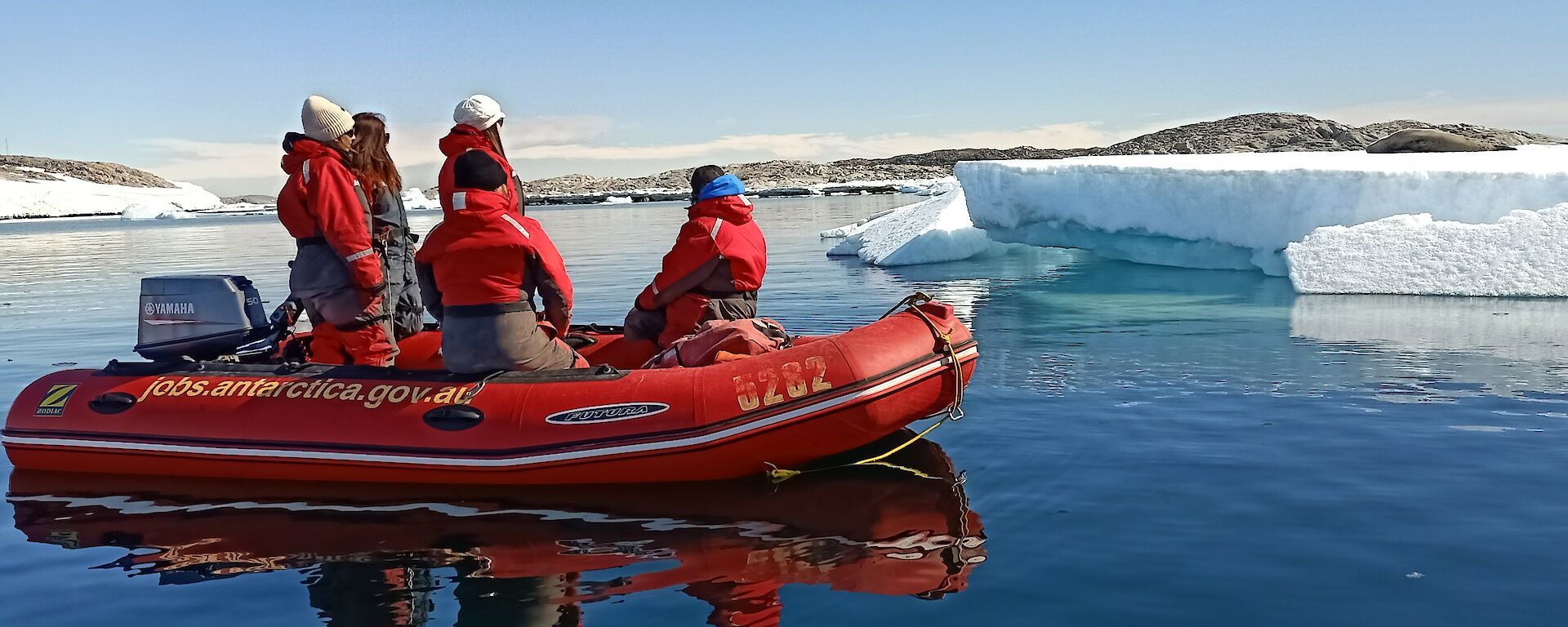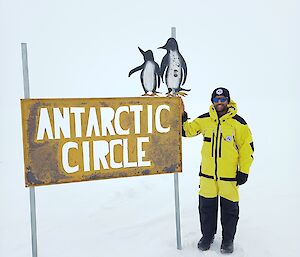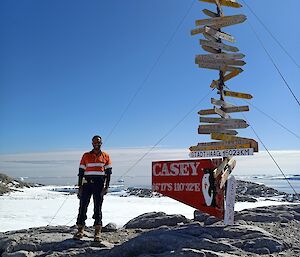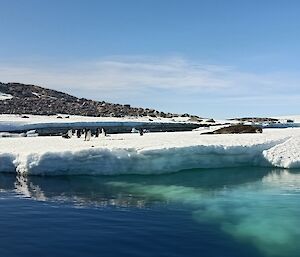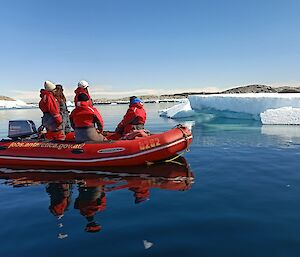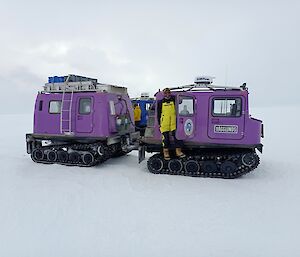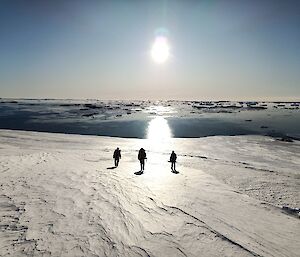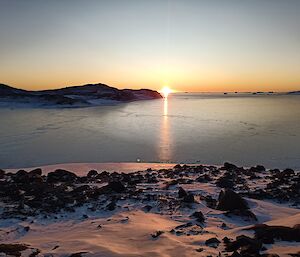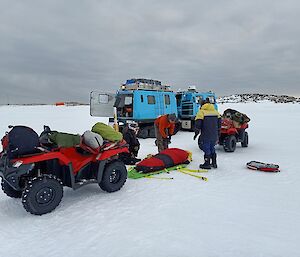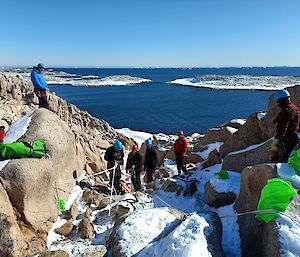Antarctica is a fascinating environment worthy of continuing study and preservation, and as such plays host to many varied scientific programs. At Casey station, an exciting suite of science activities have been hosted this year, including seismological and glaciological studies, moss research, a soil remediation program and the Million Year Ice Core project.
To support scientific research in this region, Casey exists as not only a research base but also a home away from home, with (almost) all the mod cons a modern day expeditioner could expect. However, great facilities require great people to build and maintain them. And that’s where the trades team comes into the picture.
As the wintering Engineering Services Supervisor (or ESS for short), I have the privilege of managing a diverse and highly skilled trades team over both summer and winter seasons, consisting of plumbers, electricians, carpenters, plant operators, refrigeration mechanic, HVAC specialist, fitter and turner and a boilermaker/welder. Casey is unique amongst the stations this season in that it is hosting a large maintenance and project schedule over both summer and winter seasons.
Over summer I was assisted by a summer ESS, Shaun Azzopardi, who used his Kingston home office based knowledge to assist in the successful delivery of an aggressive project schedule. Summer is traditionally a time where warmer and more stable weather, plus a larger workforce, allows for the completion of more ambitious tasks. With our team of 32 tradespeople, summer maintenance and capital projects completed included the annual shutdown of the Main Power House (MPH), delivery of an operational Casey Utility Building (CUB), improvements to the sewer outfall line, excavation and placement of a site services culvert, initial work on the new water tank project and provision of trades support to science and wider divisional initiatives. This was in addition to the routine daily maintenance program.
Over winter, the trades team reduced to 13 members. Furthermore, the weather has become colder and the daylight hours shorter making outdoors work that little more challenging. However, this has not deterred the team who are continuing with completing the extensive corrective and planned maintenance work, as well as delivering important projects such as demolition and construction of potable water tanks 2 and 3, kitchen and mess refresh, CUB enhancements, warehouse racking repairs and site wide HVAC Balancing. The occasional days of blizzards (or blizz days) with high winds and snow (the most recent featured gusts of 96 knots) results in the team working largely on indoor tasks, secretly hoping that nothing critical gets damaged or breaks down.
A key aspect of the ESS role is therefore to coordinate the safe completion of maintenance and project activities, taking into account available resources, weather conditions and station activities. This requires organisational and people management skills, a high focus on safety, the ability to pivot quickly when circumstances or priorities change and above all, a great team of tradespeople. Having worked in remote locations around Australia across various industries, I can say that the ESS role in Antarctica presents unique challenges not seen in a regular engineering job. The transient nature of the workforce, the requirement to understand a new site quickly with limited information, demanding environmental conditions, remoteness and living and working in a small team environment, are all aspects that require the team to display a strong sense of cohesion, resolve and community spirit. Luckily, my job has been made much easier by having a great team who are not only highly skilled in their roles, but are great people too.
Although our reason for existence in Antarctica is primarily to perform a work related role, a large part of the attraction to a job here is to experience this unique environment firsthand. So far this season, I have had the opportunity to participate in a wide range of activities and experiences including boating in the bays around Casey, swimming in the frigid Antarctic waters, overnight trips to the nearby field huts, getting up close but not too personal with fauna such as Adélie penguins and Elephant, Leopard and Weddell seals, operating a range of unique vehicles, walking on sea ice, seeing multiple auroras and being a member of the fire team.
A particular highlight for me would be my involvement as a member of the Search and Rescue (SAR) team. This extra-curricular volunteer role has allowed me to build skills in the use of rescue equipment, setting snow and ice anchor systems, setting up lowering and raising systems, securing patients for retrieval, cold weather patient care and operation of vehicles in support of search and rescue operations. All the while tapping into my love for adventure and the outdoors.
Overall, I have had an amazing experience so far and consider myself lucky to be able to work in my regular field of employment in such a unique place. The summer and winter teams have been a great group of individuals who have approached all activities with skill, enthusiasm, commitment, resolve and a healthy dose of humour. I’m not sure of many jobs that combine the technical aspect of a role with the amazing breadth of experiences possible in this unique environment. For anyone even remotely contemplating a role in Antarctica, I would say stop thinking and submit your application. You won’t regret it!
Adrian Singh
Engineering Services Supervisor - Casey station

